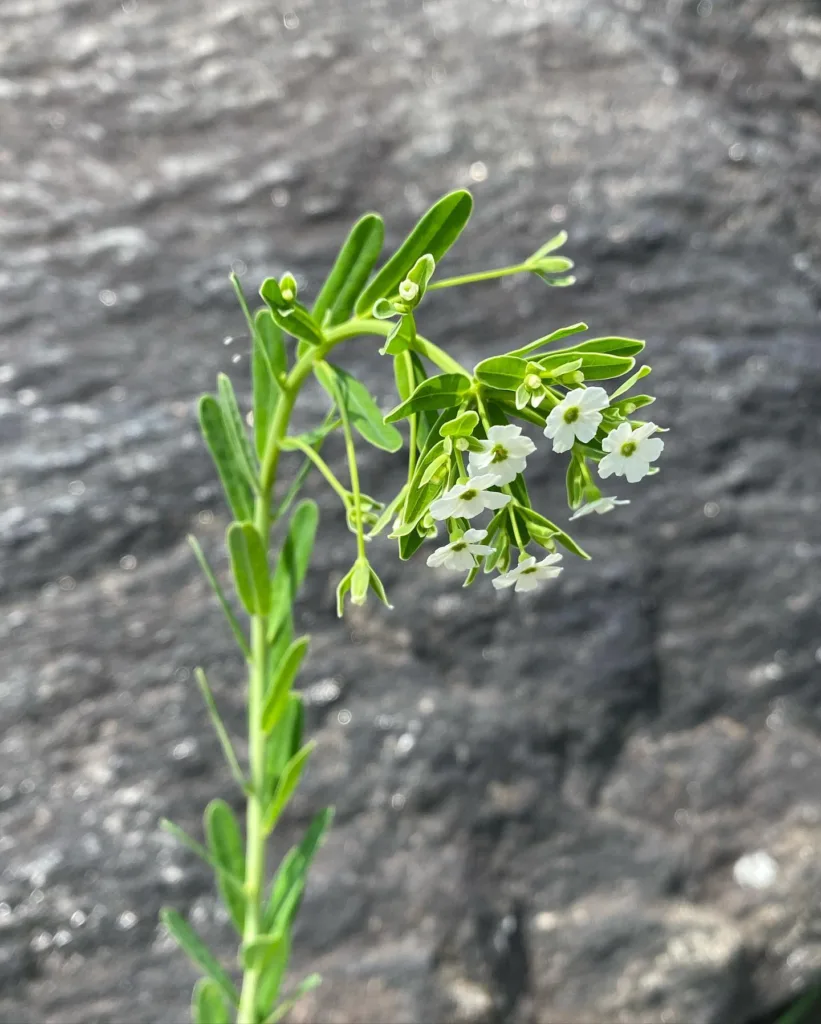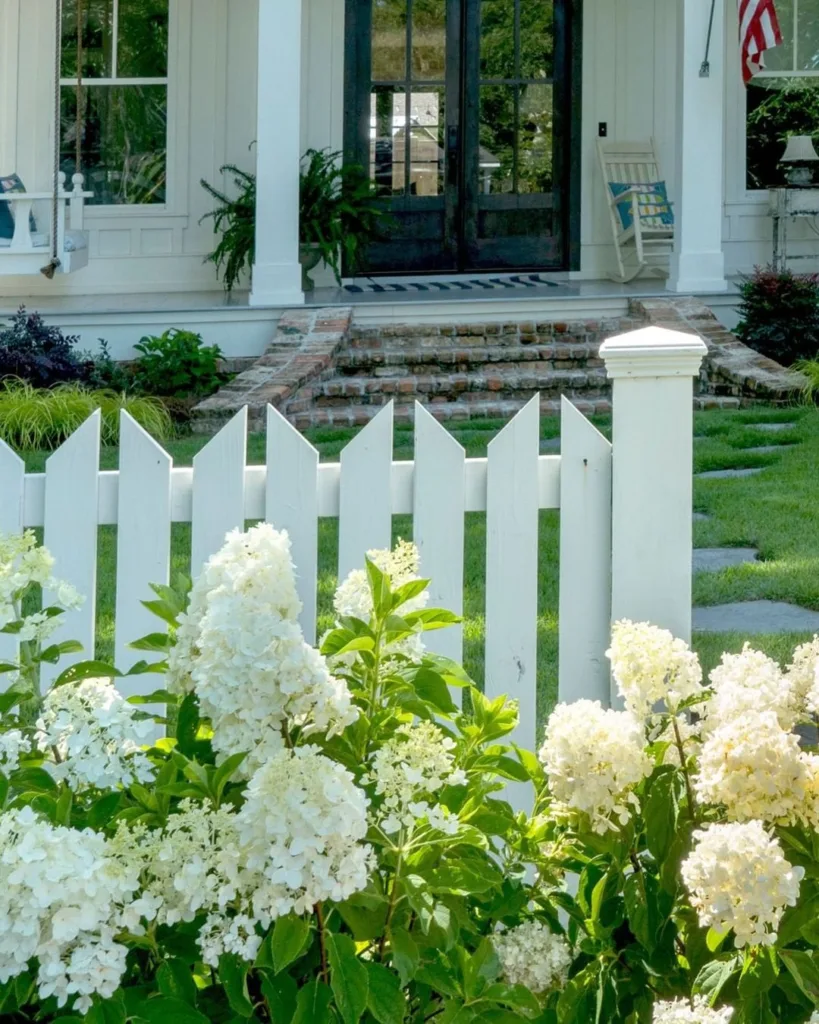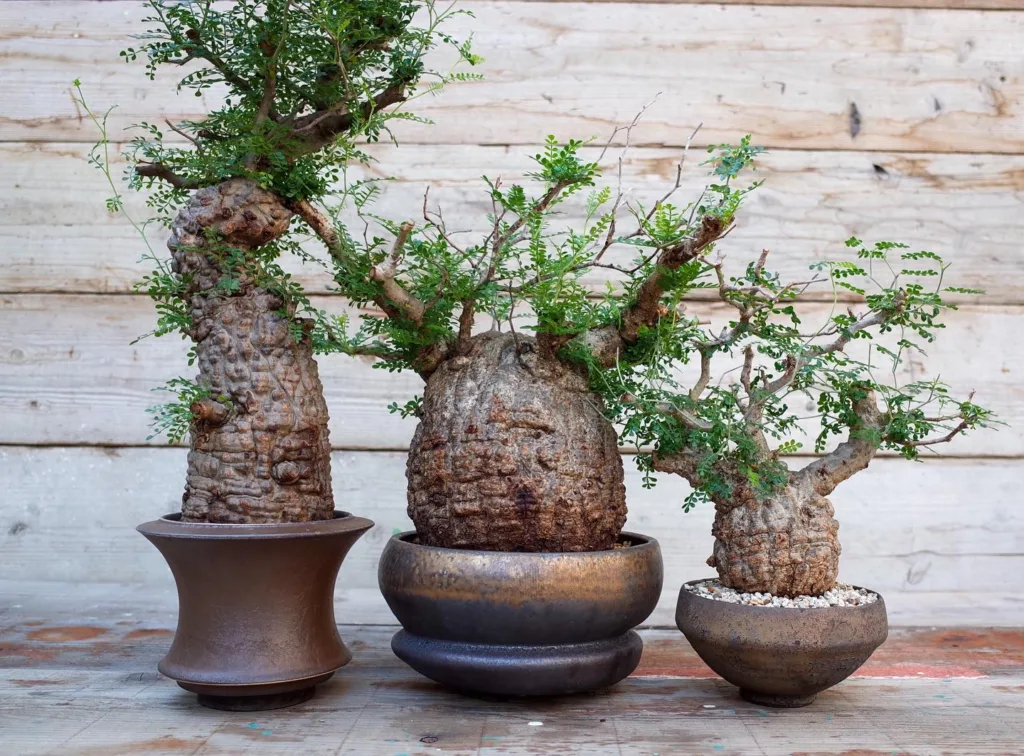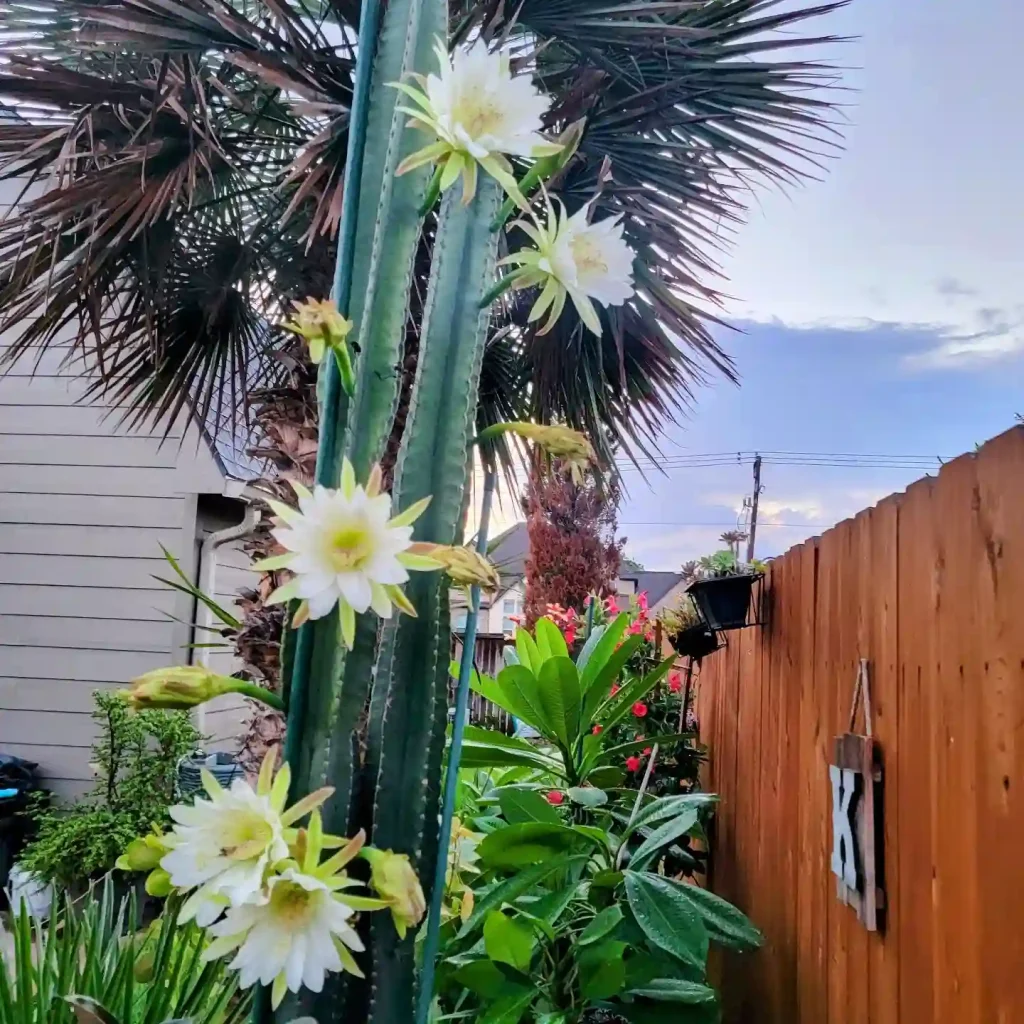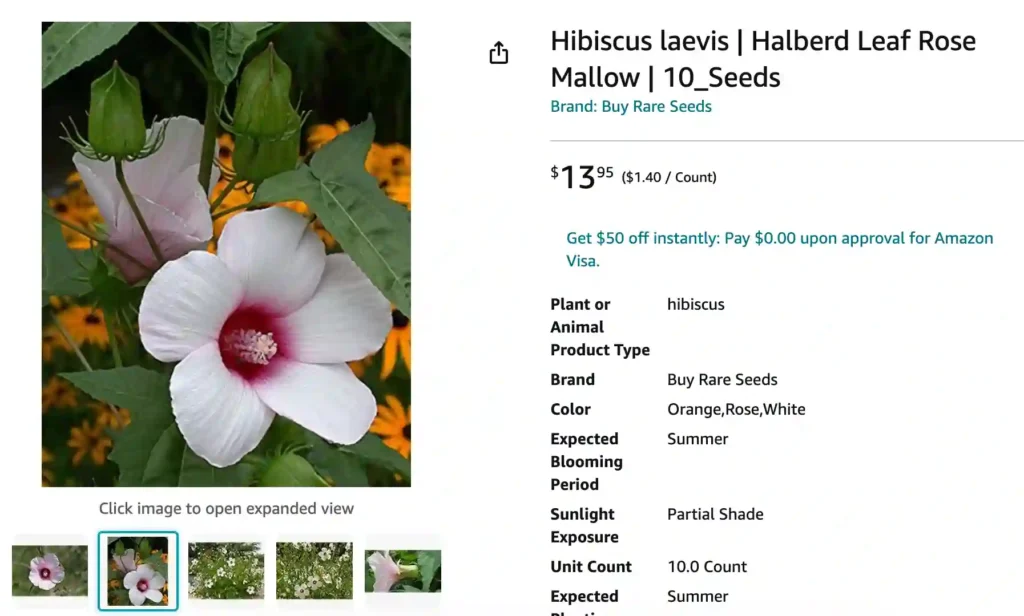
All About Hibiscus Laevis: The Showy Native Wildflower
Hi, Ferb Vu here! I’m a plant enthusiast with a passion for native flora. Today, we’re diving into the fascinating world of Hibiscus laevis, also known as the Halberd-leaf Rosemallow. This stunning wildflower is a true North American gem, boasting impressive size and a captivating presence in gardens.
439 Species in Genus Hibiscus
What is Hibiscus Laevis?
Hibiscus laevis is a herbaceous perennial belonging to the Malvaceae (mallow) family. It thrives in central and eastern regions of North America, gracing landscapes with its tall stature and large, showy flowers.
Key characteristics:
- Height: 4 to 6 feet
- Flowers: Creamy white or pink, up to 6 inches across
- Leaves: Large, lobed, with a resemblance to halberds (medieval weapons) – hence the name “Halberd-leaf”
- Blooming season: Summer
- Habitat: Prefers moist areas like streambanks, ponds, or marshlands
Hibiscus Moscheutos vs Hibiscus Laevis
I haven’t personally grown both Hibiscus Moscheutos and Hibiscus Laevis, but I’ve admired them in gardens. Moscheutos has these huge, showy blooms that really stand out, while Laevis has a more delicate look with its smaller flowers and slender leaves. I’d choose Moscheutos for a bold, eye-catching garden centerpiece, but Laevis seems perfect for a more understated, elegant touch.
How to Plant and Care for Hibiscus Laevis?
If you’re looking to add a touch of wild elegance to your garden, Hibiscus laevis is a fantastic choice. Here’s how to cultivate this beauty:
- Planting: Select a location with full sun and well-drained, moist soil. Spring or fall is the ideal planting time.
- Watering: Keep the soil consistently moist, especially during dry spells.
- Fertilizing: Apply a balanced fertilizer once during spring.
- Maintenance: Deadheading spent blooms encourages continuous flowering. Prune lightly in late fall or early spring to maintain shape.
Disease and pest resistance: Hibiscus laevis is generally trouble-free. However, keep an eye out for common garden pests like aphids or leafhoppers. Organic methods like insecticidal soap can be used for control.
Propagation: You can propagate Hibiscus laevis through seeds or stem cuttings. Seed propagation takes longer, while stem cuttings offer a quicker way to multiply your plants.
How much sun does Hibiscus laevis need?
Hibiscus laevis thrives in full sun, receiving at least 6-8 hours of direct sunlight daily.
Can Hibiscus laevis tolerate shade?
While it can tolerate some light shade, flowering will be less prolific in shady locations.
Is Hibiscus laevis deer resistant?
Fortunately, yes! The coarse foliage and unique taste of Hibiscus laevis deter deer from browsing.
Is Hibiscus laevis poisonous?
No, Hibiscus laevis is not poisonous to humans or pets.
How long does Hibiscus laevis live?
With proper care, Hibiscus laevis can flourish in your garden for many years, forming a beautiful, long-lasting addition.
Hibiscus Laevis vs. Hibiscus Syriacus
Both Hibiscus laevis and Hibiscus syriacus (Rose of Sharon) are members of the Hibiscus genus, but they have distinct characteristics:
- Origin: Hibiscus laevis is native to North America, while Hibiscus syriacus originates from East Asia.
- Habit: Hibiscus laevis is herbaceous and dies back in winter. Hibiscus syriacus is a woody shrub with a permanent structure.
- Flowering: Hibiscus laevis blooms in summer, while Hibiscus syriacus flowers from mid to late summer.
- Moisture needs: Hibiscus laevis prefers moist soil, while Hibiscus syriacus tolerates drier conditions.
Choosing the right Hibiscus:
Hibiscus laevis is ideal for gardeners seeking a tall, summer-blooming wildflower with a preference for moist areas. Hibiscus syriacus is a better choice for drier locations and those desiring a long-lasting shrub with extended bloom time.
By understanding these differences, you can select the Hibiscus that best suits your garden’s needs and aesthetics.
Conclusion: The Allure of Hibiscus Laevis
Hibiscus laevis offers a captivating combination of beauty and ecological value. Its large, trumpet-shaped flowers attract pollinators like butterflies, bees, and hummingbirds, creating a vibrant ecosystem in your garden. Additionally, its native status provides a natural food source for birds.
Whether you’re a seasoned gardener or just starting, Hibiscus laevis is a rewarding plant to cultivate. Its easy-going nature and stunning presence make it a cherished addition to any garden space. So, why not consider welcoming this North American native into your own backyard oasis?
If i die, water my plants!
